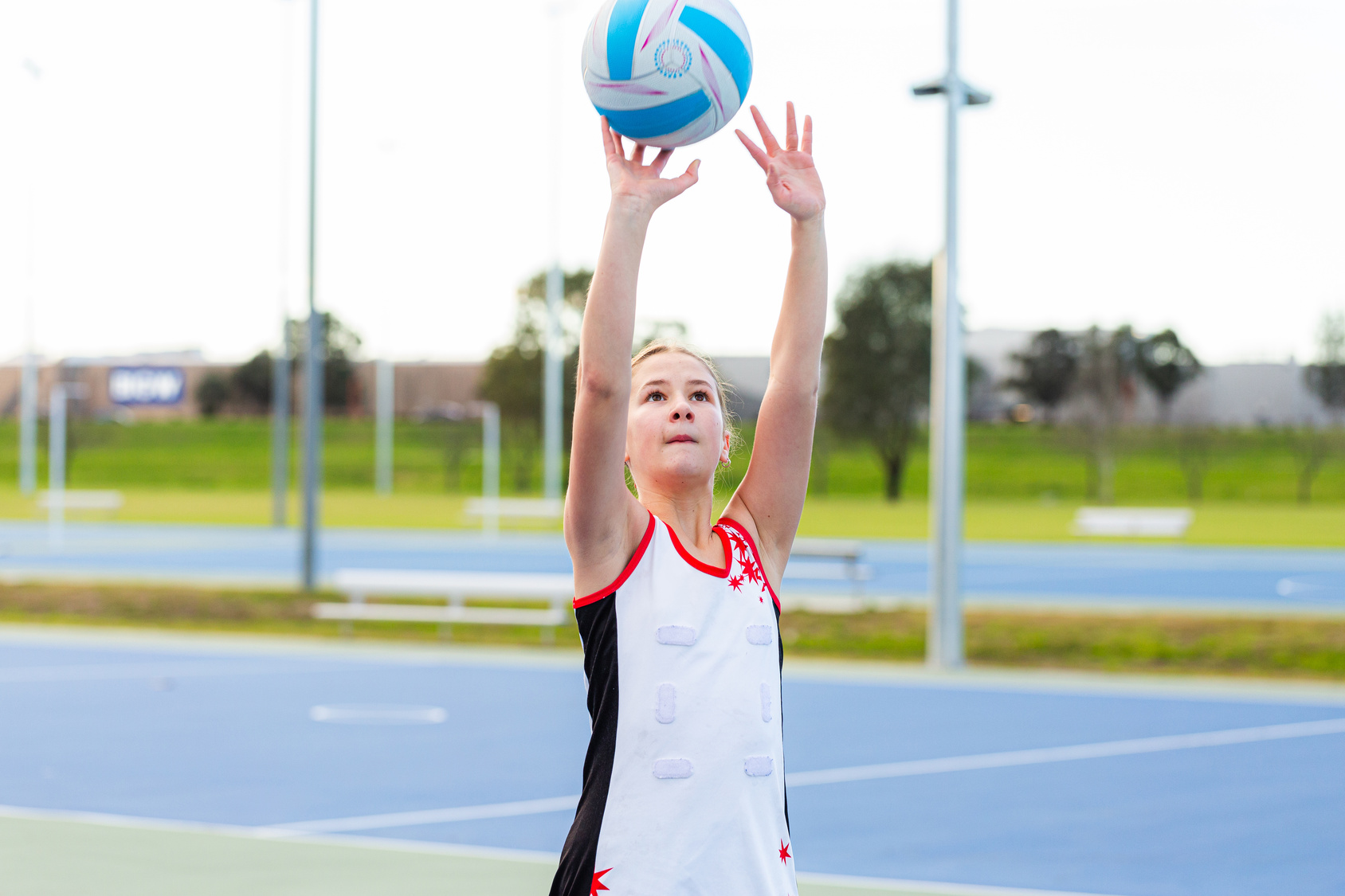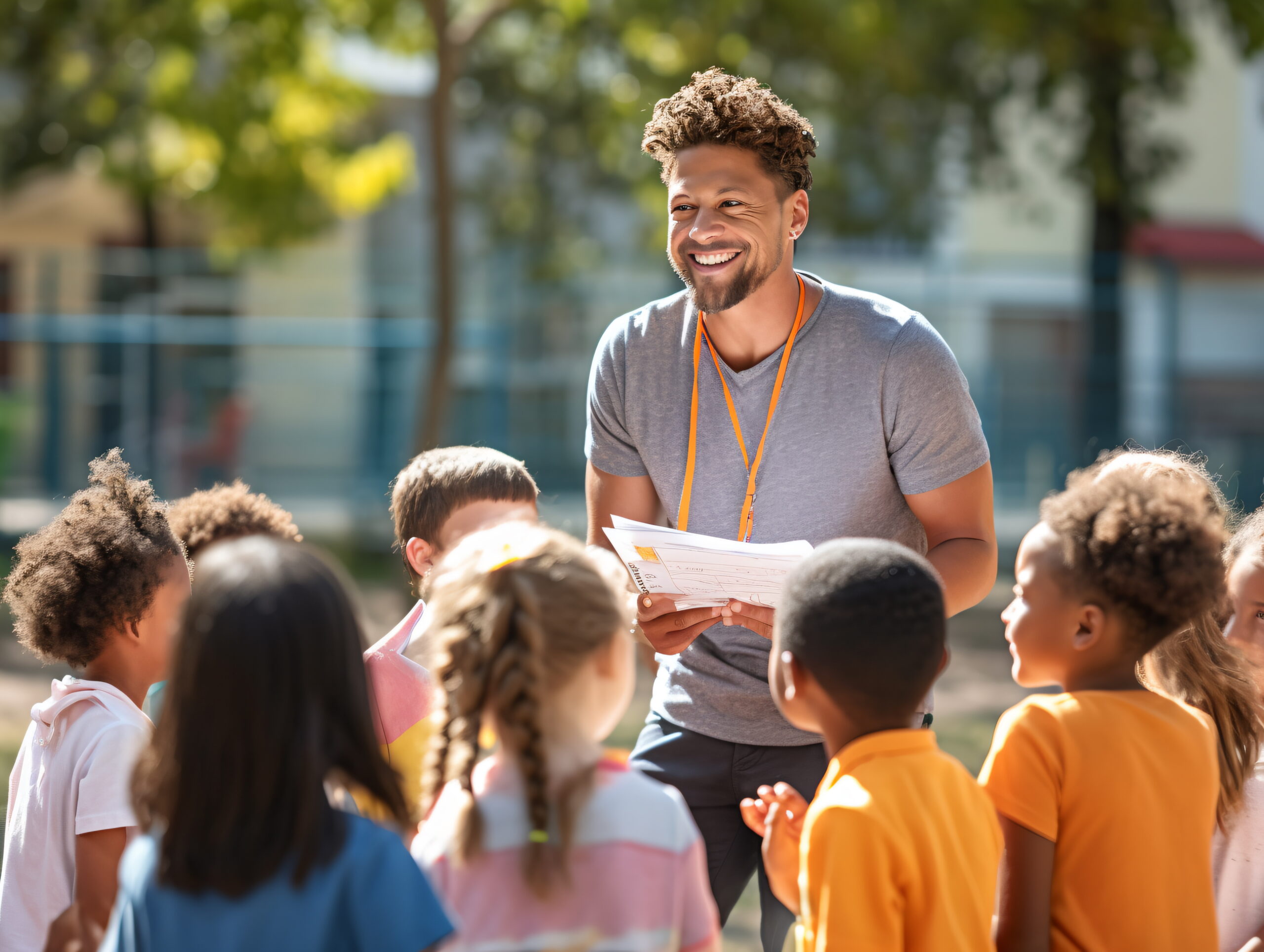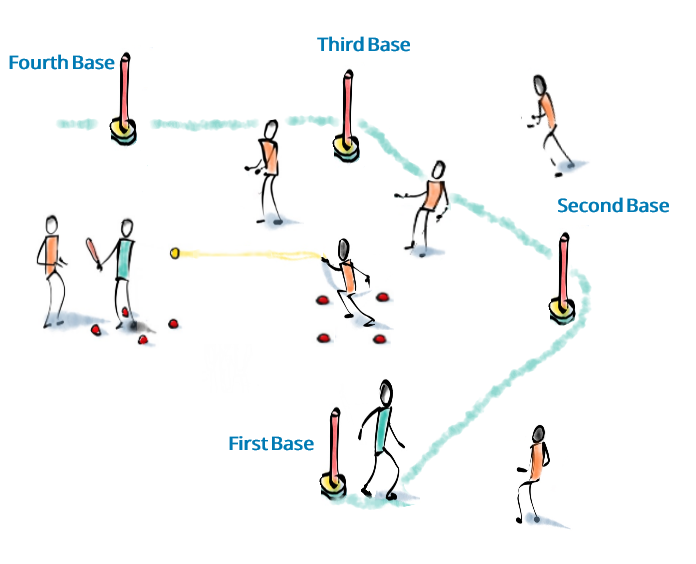3 Top Tips for Teaching KS2 Dance
Recently, we covered our three top tips for teaching KS1 Dance. Now, in this blog post, we move onto KS2 Dance! According to the curriculum, KS2 children should be given the opportunity to develop flexibility, strength, technique, control and balance. At this stage, children are expected to be able to perform dances using a range […]

Recently, we covered our three top tips for teaching KS1 Dance. Now, in this blog post, we move onto KS2 Dance!
According to the curriculum, KS2 children should be given the opportunity to develop flexibility, strength, technique, control and balance. At this stage, children are expected to be able to perform dances using a range of movement patterns. With this in mind, we have three tips for delivering dance lessons to KS2 children that are in line with the current PE Curriculum.
Our dance lesson plans cover all primary school years, with video guides, guidance cards and knowledge organisers all included. Plus, this year, we’ve updated our plans to make sure you have fun, engaging, curriculum-based dance lesson plans KS2 – and KS1 – children will love.
So – moving on from KS1 to KS2 dance PE – what are our three top tips when teaching dance? Read on to find out…
Tip 1: Encourage creativity
In our tips for KS1 dance lessons, we suggested that a positive approach is to understand your pupils, and appreciate that some children will take to dance lessons with passion; while others may be more reserved.
As an extension of that, we recommend encouraging creativity at every step. By KS2, children should have spent quite some time in dance lessons. To maintain interest and to ensure that all children feel comfortable, create an environment where children feel confident being creative.
Creativity will likely be different from child to child – so ensure each lesson is a supportive and inclusive environment where children feel comfortable expressing themselves through dance. Think about allowing time for children to work on their own as well as in their chosen peer groups, exploring different rhythms, movements and emotions. Nurturing creativity in this way promotes their self confidence – and makes dance lessons more enjoyable!
Tip 2: Break down dance steps into manageable parts
As children progress from KS1 to KS2, school dance lessons will naturally become more complex. To avoid dance lesson activities being too daunting for your pupils, break sequences and activities down into more manageable parts. Ensure that, with each part, you allow ample practice time before moving onto the next part. If a part of a dance takes longer than expected, don’t worry about ‘completing’ the lesson plan. It is far more important that the children are competent and confident in the learning at every stage of the dance.
This approach means activities are much less daunting for those children for whom dance does not come so naturally. It means they – and all children in the class – can master each movement. To keep things extra straightforward, and for children to pick things up more easily make sure demonstrations are frequent. Another way to help children learn and remember the dance is to allow time for them to practise the actions and routines in small peer groups, performing and giving feedback to each other.
Tip 3: Focus on fundamental skills
Earlier in this post, we mentioned what the curriculum says about teaching KS2 dance. Fundamental skills are still important at KS2. Make it a core objective!
KS2 is a crucial stage for further developing fundamental dance movement skills, and providing children with the opportunity to develop their strength and fitness. Prioritise posture, balance and coordination. Have in mind, with every lesson, that children need to be developing flexibility, strength, technique and control.
Don’t skip the warm ups and skill development activities. These often provide opportunities for developing fundamental skills. Fun games and activities can still help improve posture; focus on balance; and give children the chance to strengthen their technique, control and ability to coordinate their arms and legs?
How can you apply these tips in your KS2 dance lessons?
If you’re thinking we make KS2 dance lessons sound easier than they really are – hopefully by using our easy to follow dance lesson plans your mind will change!
We know that teaching dance may seem daunting (we even wrote a blog post once on how teaching dance isn’t that daunting!), but by taking things back to basics – and thinking about what you need to achieve first, and building from there – you will find it an easier lesson to deliver.
Focusing on the basics – and the outcome you want to achieve – should make dance an easier unit to deliver at KS2 as well as KS1.
If you need more guidance on how to teach dance in schools, check this blog post. We’re always here to help, too – with extra guidance, advice or anything else that makes your life easier. Feel free to get in touch whenever you need us, or share your dance lesson experiences with us on social media!
And, as always – the best of luck!


